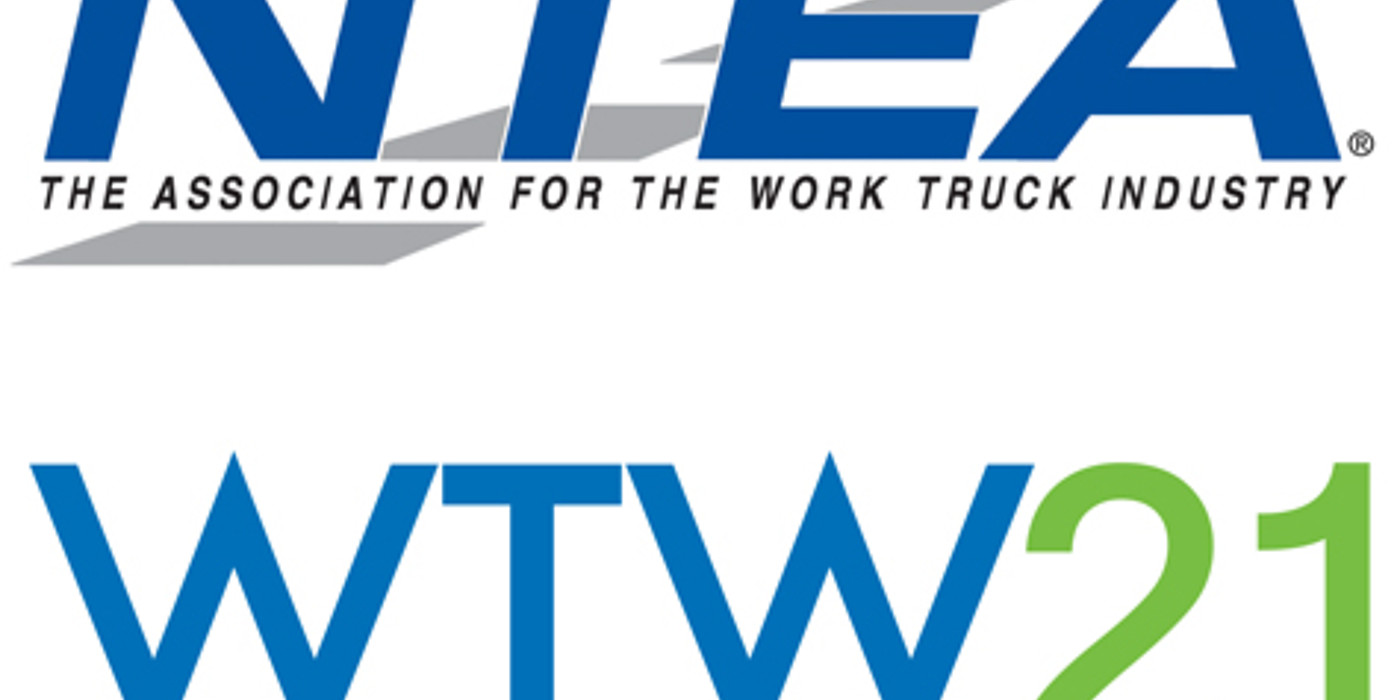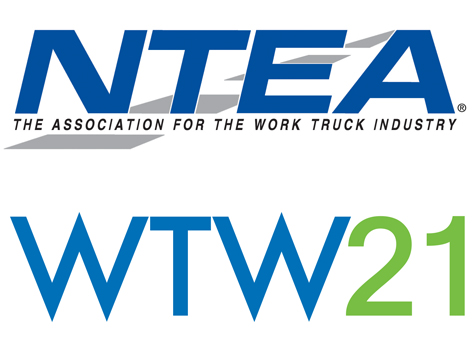The highlight for anyone associated with the work truck industry (delivery vehicles, “rolling toolboxes”, snow removal, and the like) is the NTEA Work Truck Show held every March in Indianapolis. The 2020 show was one of the last major in-person shows prior to the nationwide COVID shutdown. This year, the show was held virtually the week of March 8th.
While some industries may see little difference in evaluating products remotely, looking at work trucks is definitely a “kick tires” endeavor. So the OEM exhibitors were challenged to use 20-30 minute presentations to capture the attention of potential clients. The general order of the show was: Industry Overview, followed by OEM “New for 2021” presentations, ending with OEM R&D trend discussions.
From an Industry Overview perspective, certain portions of the work truck industry have fared better than others during the COVID crisis. The smaller vehicles (Classes 2-5) saw a modest sales dip, but have recovered most of lost sales to pre-COVID levels. One class, Class 4, includes delivery trucks (those brown UPS vehicles) which actually saw sales increases… all those paper products bought on-line need to be delivered! Hardest hit were the larger Class 6-8 vehicles, with sales still down 30% from a year ago. 2019 was a peak year for big truck sales, so until these vehicles need replacement sales will be soft.
The OEMs presentations split into two categories: Those OEMs (Freightliner, Kenworth, Mack, XL Fleet) currently with electric-powered trucks in limited use or production who could talk about them in their “2021” presentations, and those OEM’s (Ford, Bollinger, Peterbilt) without current electric-powered offerings who had to use the R&D trend discussions. The verdict is unanimous, though: electric-powered work trucks, particularly those running regular routes (think delivery and garbage trucks) will advance electric mobility at a faster pace than electric automobiles. For many uses, electric trucks currently “breakeven” with diesel trucks after about 6-8 years of use, so as the $/kwh energy stored ratio continues to decline, electric work trucks will make even more business sense in the future.
Another automotive technology finding its way into the work truck industry is active safety systems. Many OEMs detailed ABS, dynamic stability, forward collision avoidance, lane assist, rear cameras, etc. now optioned into their trucks. These systems seem to be taking precedence over passive safety in the short-term.
EDAG has the experience to help commercial vehicle OEM’s and their suppliers integrate these new technologies into their product portfolios. By applying just the right amount of our product development processes learned from the automotive industry, a substantial head start can be realized to more quickly and cost-effectively bring new products to market. Whether on our site or our client’s, EDAG team members can become a valuable extension of the OEM or Tier Supplier Product Team.
For further information please contact:
Roger Baywol
Director of Business Development – Commercial Vehicles
p +1 248 619 6914
E-mail

